15 GPTs for UX Analysis Powered by AI for Free of 2026
AI GPTs for UX Analysis are advanced tools that leverage Generative Pre-trained Transformers to offer specialized solutions in the field of User Experience (UX) Analysis. These tools are designed to understand, interpret, and generate human-like responses based on a vast database of UX principles, methodologies, and user interactions. Their relevance lies in their ability to provide tailored insights, recommendations, and solutions for enhancing user experience, making them invaluable for professionals seeking to optimize digital products for user satisfaction.
Top 10 GPTs for UX Analysis are: UI/UX Replica GPT,User Experience Insight Generator,UX GPT Bot,Design Thinker Daily,UX Insighter,Design Review,Design Buddy,Interaction Designer,Usability Expert,Design Buddy
UI/UX Replica GPT
Elevating Design with AI Intelligence

User Experience Insight Generator
Empowering UX with AI insights

UX GPT Bot
Empowering UX Design with AI Insight
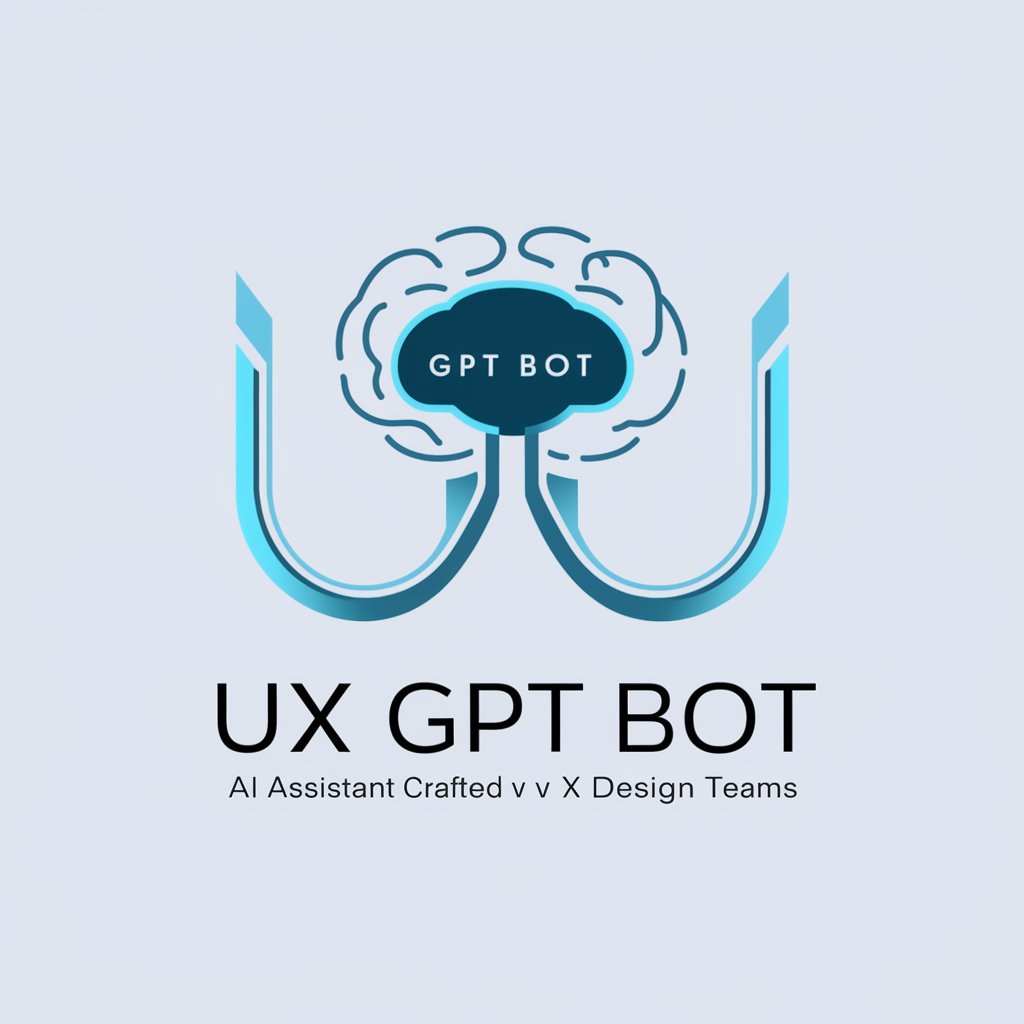
Design Thinker Daily
Where AI meets Wry Design Wit
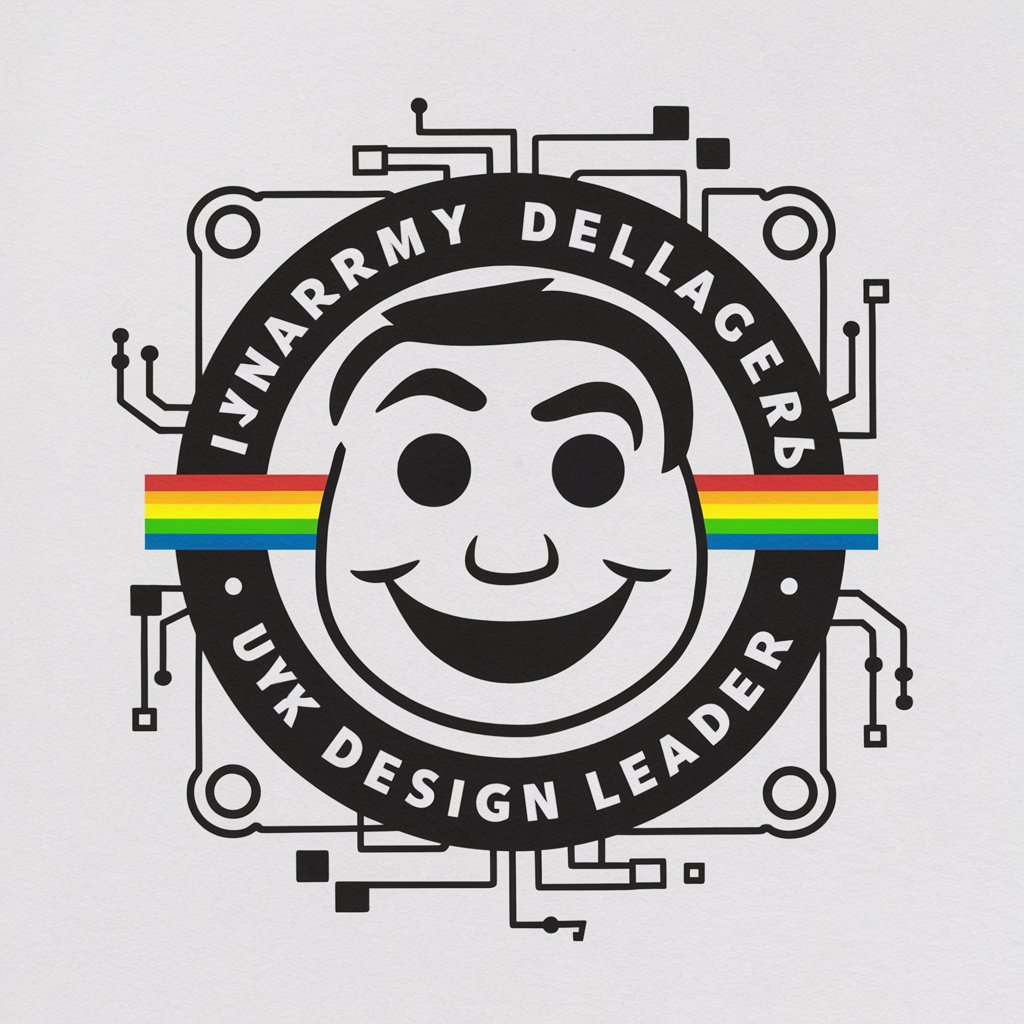
UX Insighter
AI-powered UX insights at your fingertips.

Design Review
Empower Your Designs with AI

Design Buddy
Empowering Design Decisions with AI
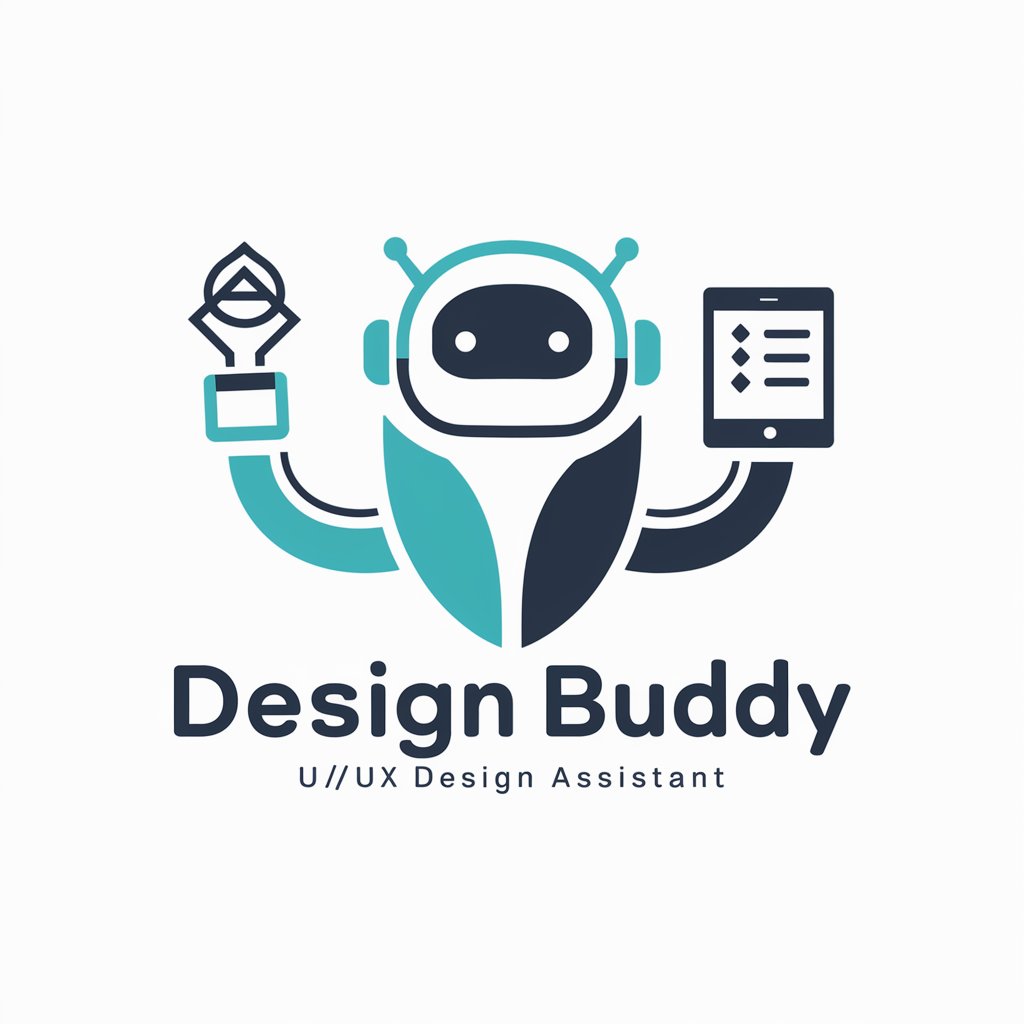
Interaction Designer
Empowering Design Innovation with AI
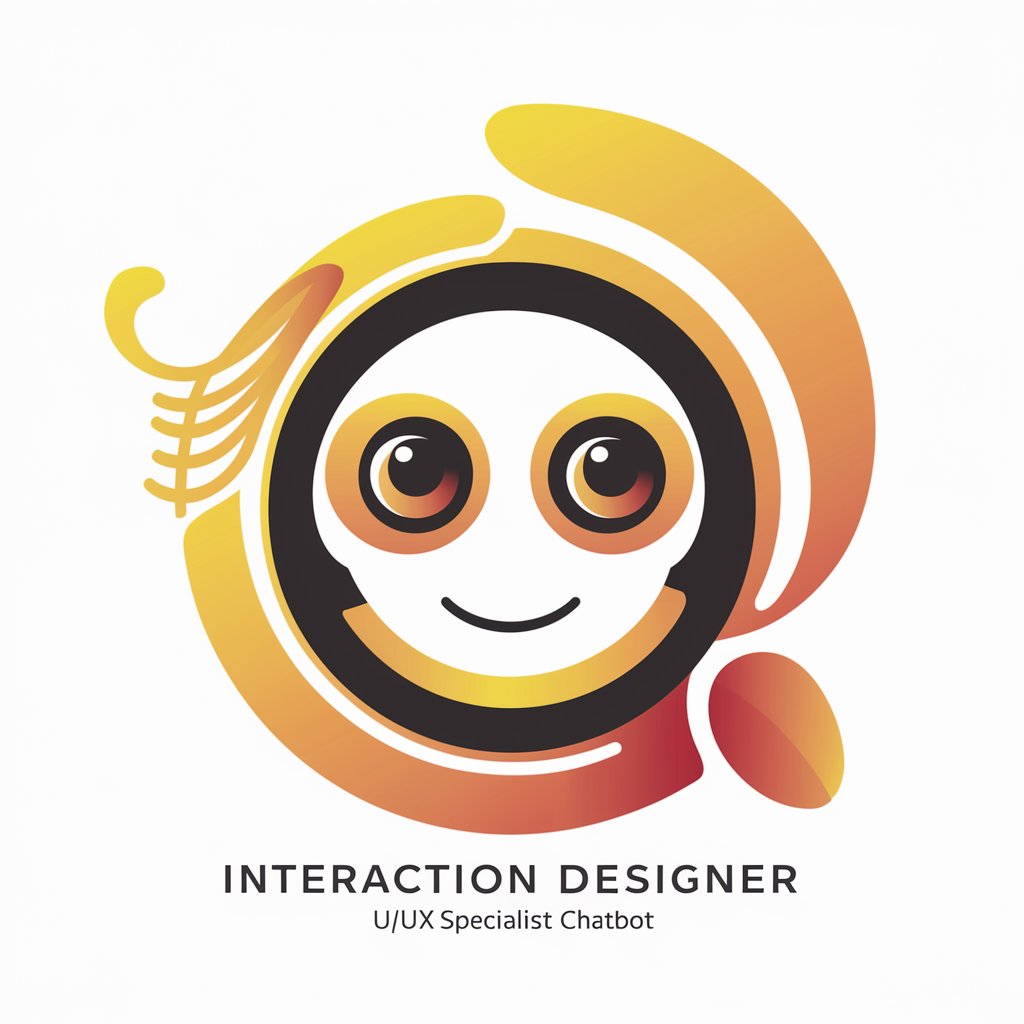
Usability Expert
Optimize Your Site with AI-Powered UX Insights

Design Buddy
Enhancing Web Design with AI
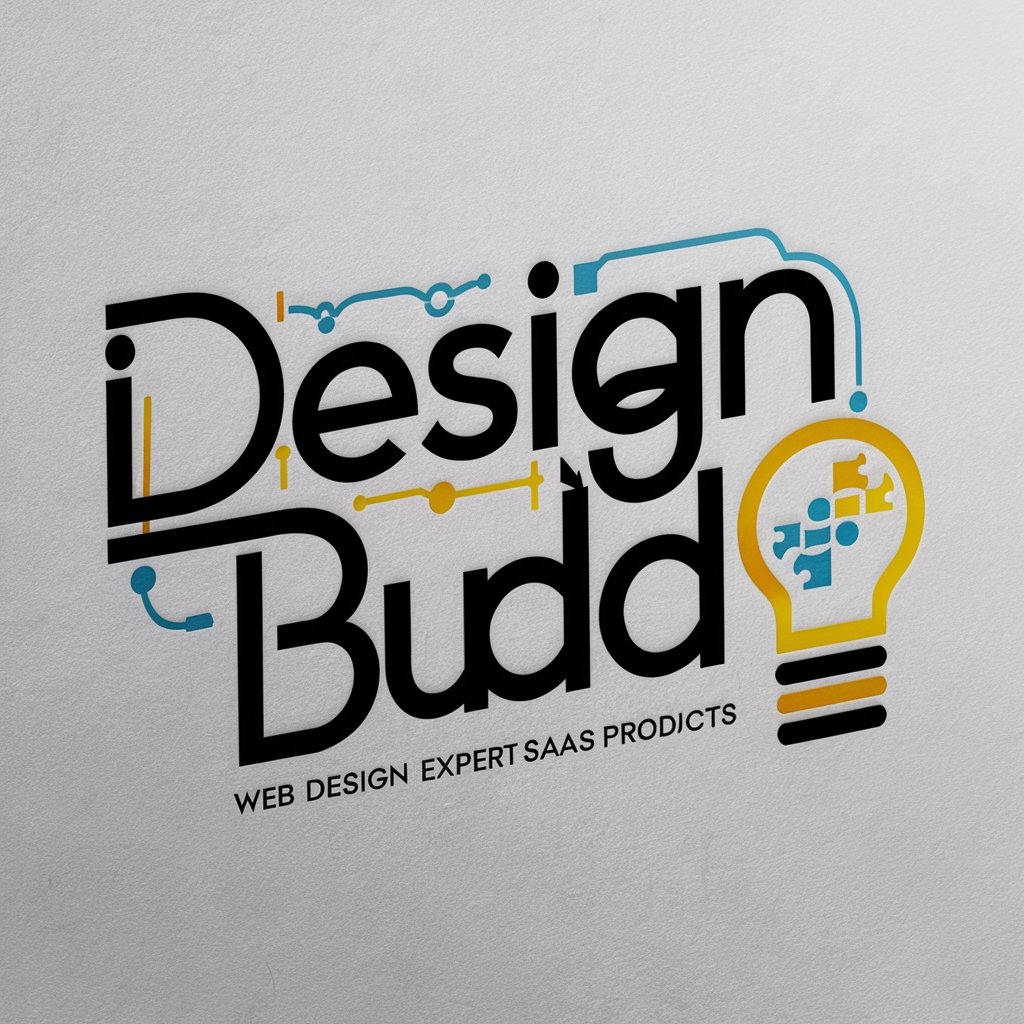
IMMUNE Forever Young
Empowering UX with AI Insights
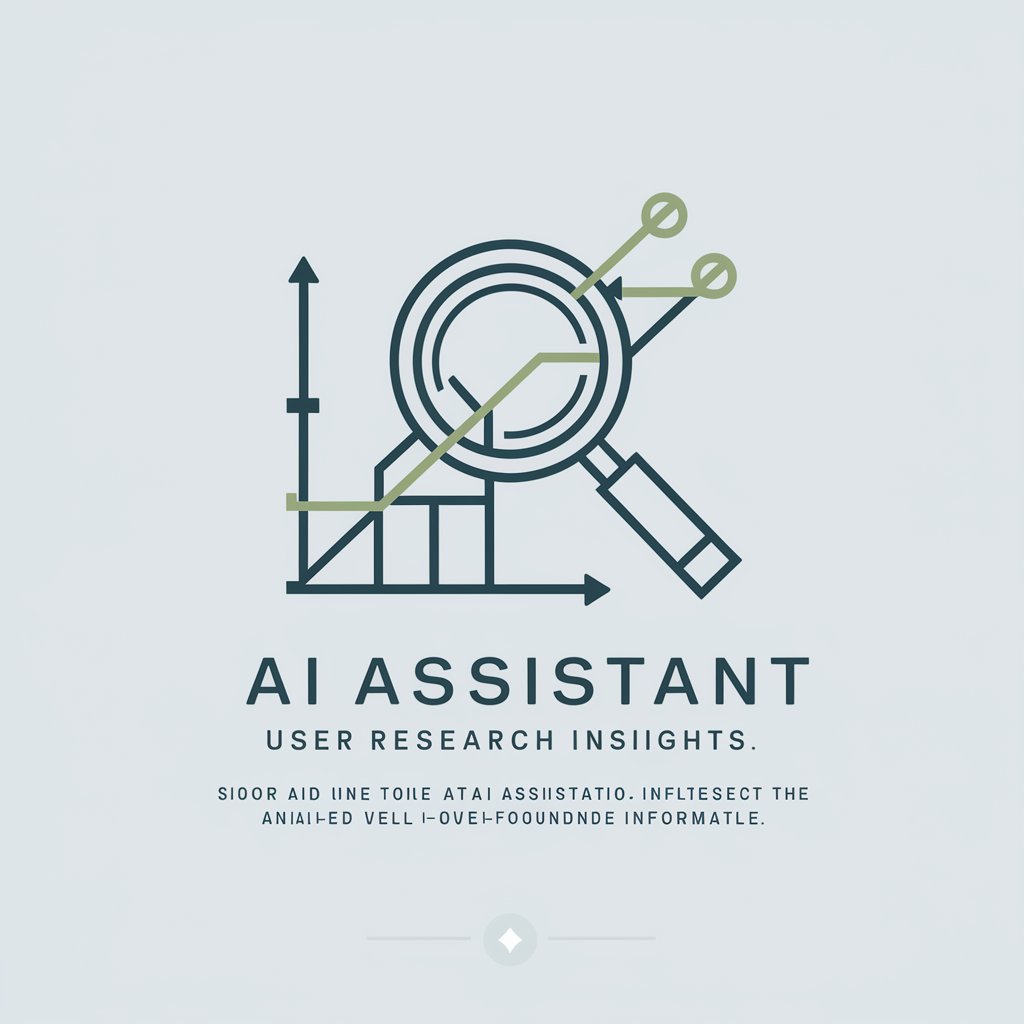
Design Mentor
Elevate design with AI insights
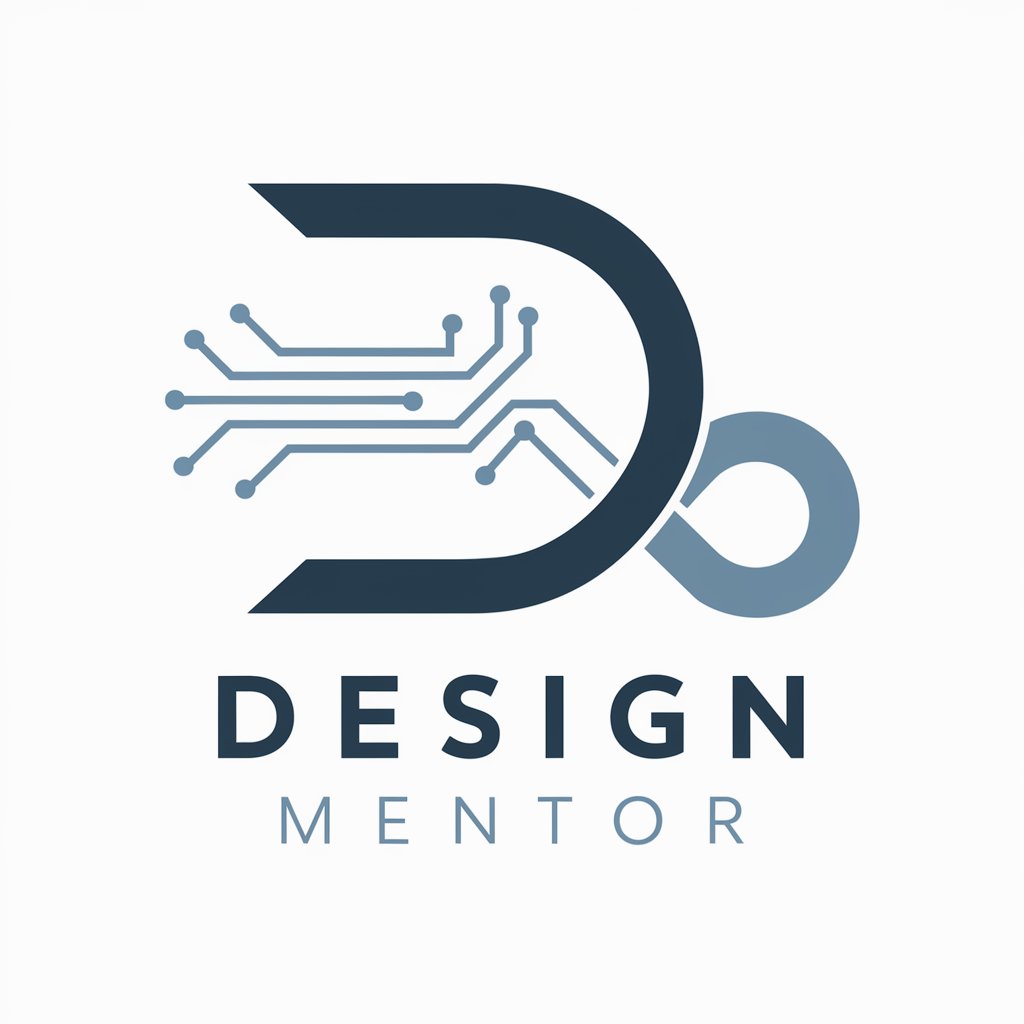
Descrivi un design
Enhance Your Designs with AI Insight
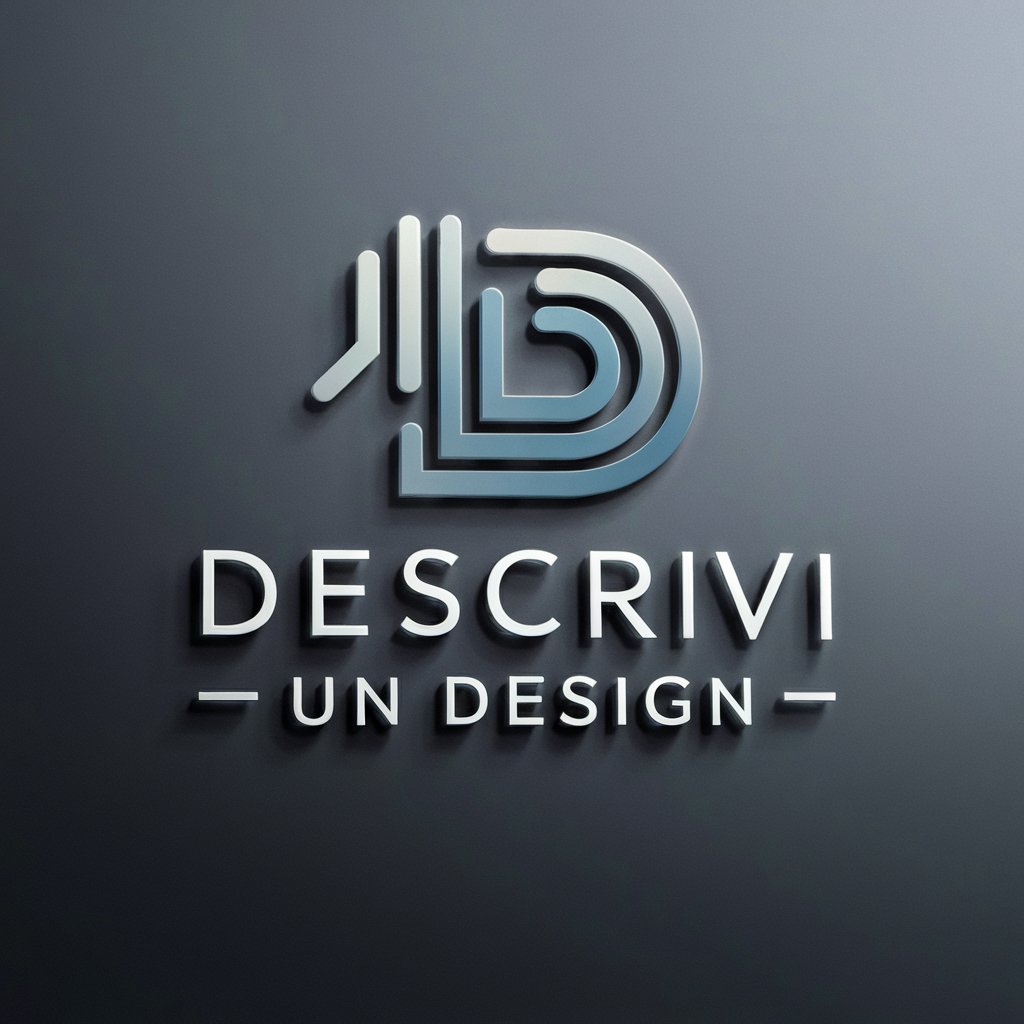
Design Reviewer
Empowering design perfection with AI-driven insights.
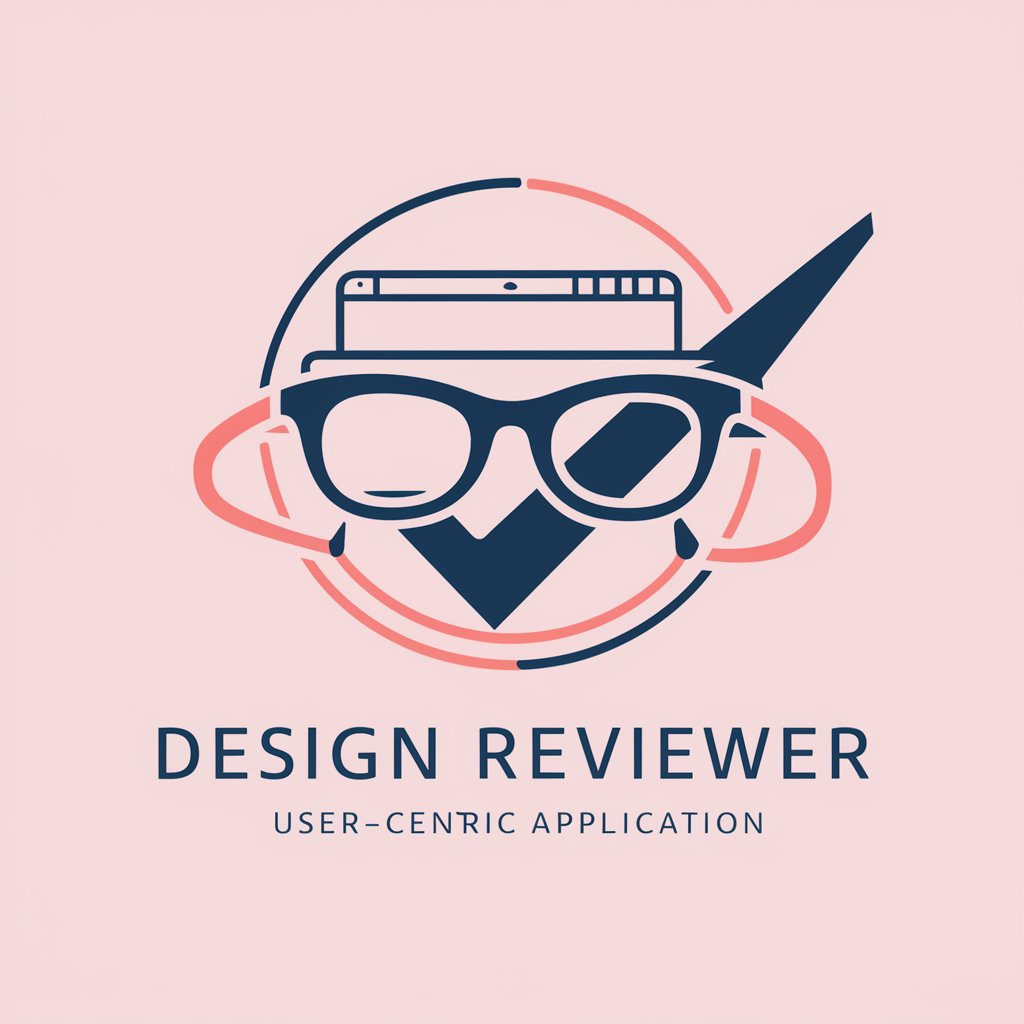
Elevate Web UX: Javascript Insights & Innovations
AI-powered UX insights for JavaScript developers
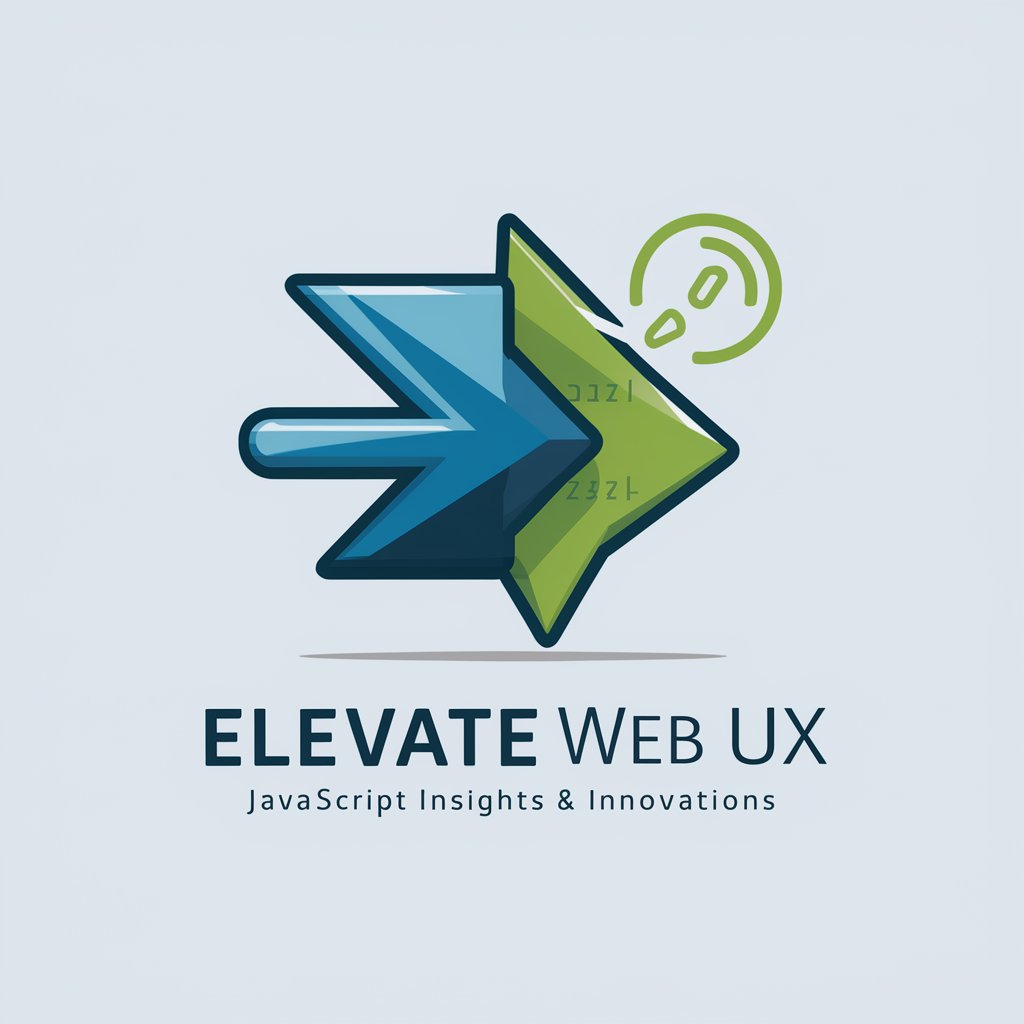
Key Attributes of AI GPTs in UX Analysis
AI GPTs tools for UX Analysis boast a range of unique features, including the ability to learn from user interactions, adapt to various UX challenges, and provide comprehensive technical support. They excel in tasks ranging from conducting usability testing feedback analysis to generating user personas and journey maps. Special features include advanced language understanding for qualitative data analysis, web searching for market trends, image creation for mockups, and data analysis capabilities for user behavior insights.
Who Benefits from UX Analysis AI?
These AI GPTs tools serve a wide audience, from UX novices seeking to understand user experience fundamentals to developers and UX professionals aiming to deepen their analysis and improve product designs. They are accessible to users without coding skills, thanks to intuitive interfaces, while also offering advanced customization options for those with programming knowledge, ensuring a broad utility across different skill levels.
Try Our other AI GPTs tools for Free
Concept Validation
Unlock the full potential of your ideas with AI GPTs for Concept Validation. These advanced tools offer tailored insights, real-time analysis, and comprehensive feedback to ensure your concepts stand the test of market viability.
User Testing
Discover how AI GPTs for User Testing enhance efficiency and insight, offering adaptable, user-friendly tools for developers, designers, and researchers.
Experiment Ideas
Discover how AI GPTs for Experiment Ideas can transform your research and development processes with innovative, data-driven insights and tailored solutions for experimental design, accessible to professionals and novices alike.
Roleplay Inspiration
Discover AI-powered GPT tools for Roleplay Inspiration, enhancing creativity and storytelling for gamers, developers, and professionals.
Price Monitoring
Discover how AI GPTs for Price Monitoring can revolutionize your pricing strategy with real-time data, predictive analytics, and customizable tools designed for everyone from novices to professionals.
Indicator Interpretation
Discover how AI GPTs for Indicator Interpretation transform data analysis with advanced AI, making complex indicators accessible and interpretable for informed decision-making.
Expanding the Horizon with AI GPTs in UX
AI GPTs as customized solutions in UX Analysis herald a new era of user experience optimization. They promise to enhance user-friendly interfaces and streamline integration with existing systems, empowering professionals to create more intuitive and engaging digital experiences.
Frequently Asked Questions
What exactly are AI GPTs for UX Analysis?
AI GPTs for UX Analysis are artificial intelligence tools designed to assist in the evaluation and improvement of user experience on digital platforms. They utilize machine learning and natural language processing to analyze user feedback, conduct usability tests, and provide actionable insights.
How do these tools adapt to different UX challenges?
These tools learn from a vast array of user interactions and UX principles, enabling them to adapt their analysis and recommendations based on specific project needs or industry standards.
Can non-technical users operate these AI GPTs tools effectively?
Yes, these tools are designed with user-friendly interfaces that allow non-technical users to leverage advanced UX analysis without the need for programming knowledge.
What makes AI GPTs for UX Analysis unique?
Their unique ability to process and analyze qualitative data using advanced natural language understanding sets them apart, offering deeper insights into user behavior and preferences.
Are these tools customizable?
Yes, they offer various customization options, allowing users to tailor the tool's functionalities to meet specific project requirements or analysis depth.
How do AI GPTs enhance user experience analysis?
They enhance UX analysis by providing comprehensive insights into user behavior, identifying usability issues, and recommending actionable improvements.
Can these tools integrate with existing UX design and analysis workflows?
Absolutely. AI GPTs for UX Analysis can seamlessly integrate with existing workflows, complementing traditional UX tools and methodologies with advanced AI capabilities.
What future advancements can we expect in AI GPTs for UX Analysis?
Future advancements may include more sophisticated natural language processing capabilities, enhanced adaptability to emerging UX trends, and deeper integration with UX design and prototyping tools.